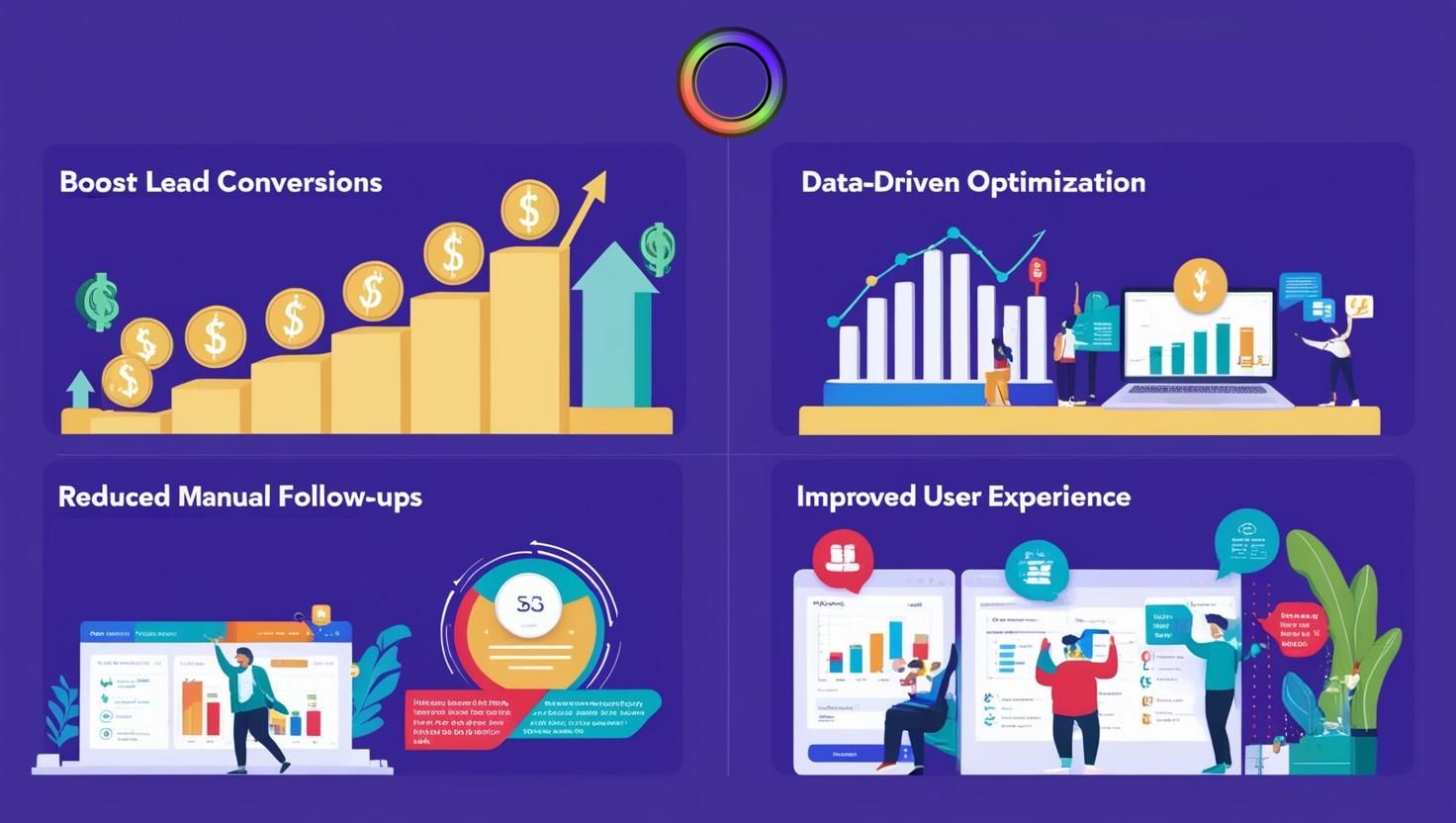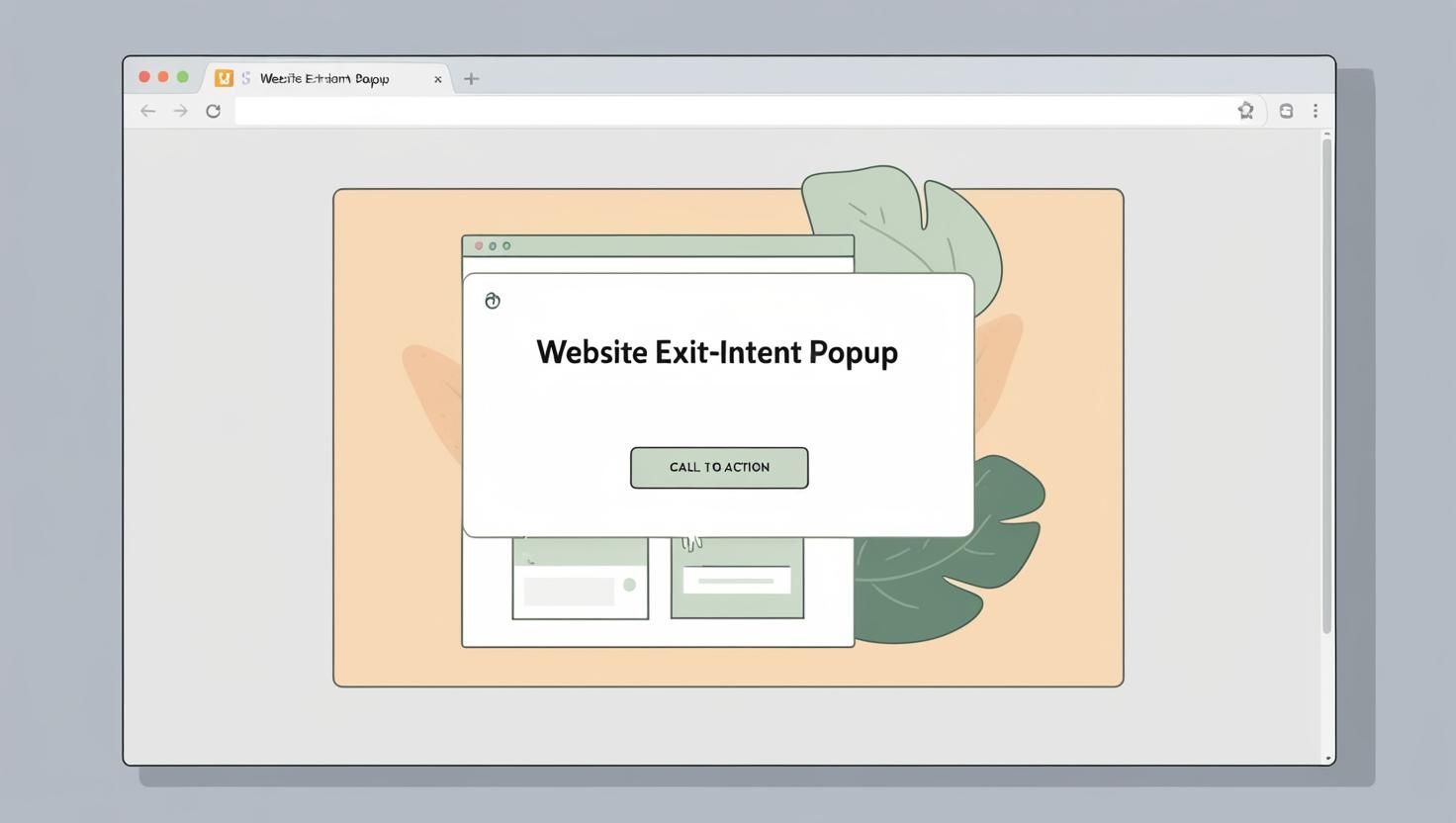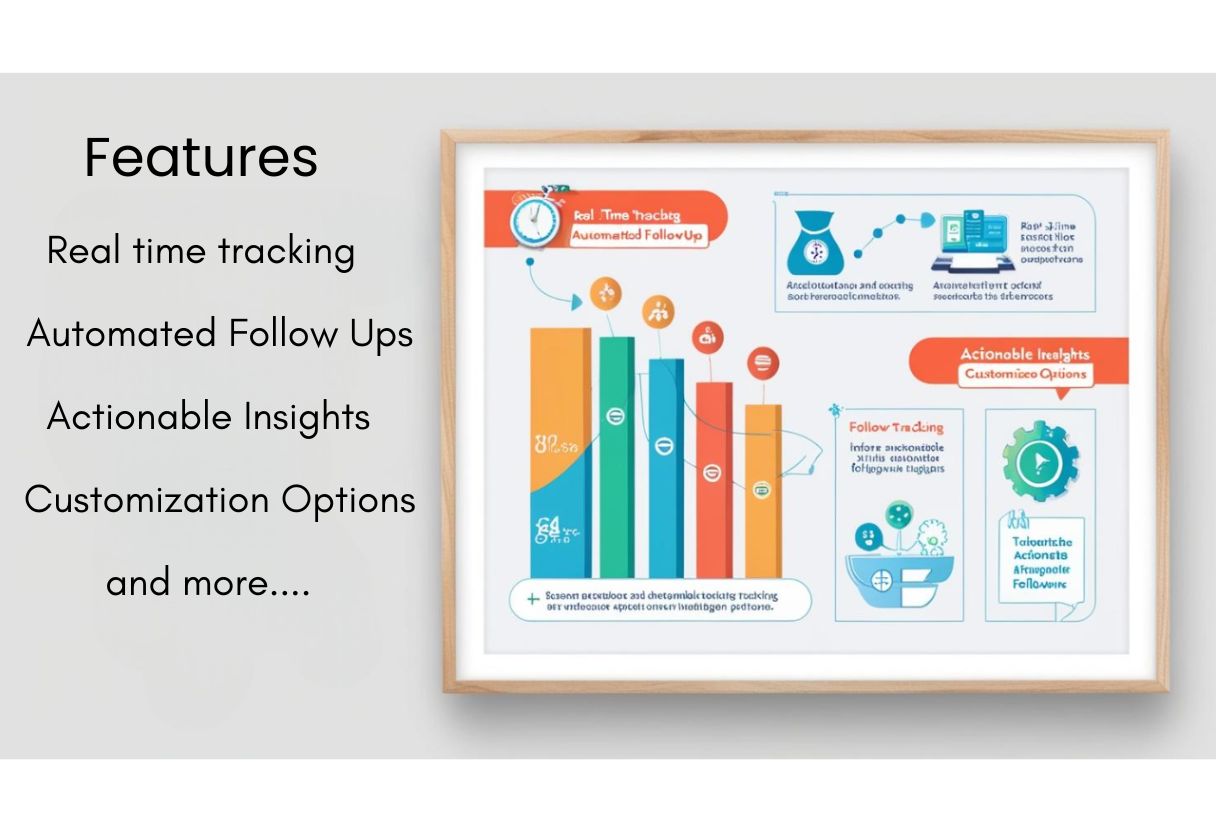In the fast-paced digital world of 2025, attracting users to your website is only half of the challenge. The other half is convincing them to fill out your form (lead forms, demo-request forms, course sign-up forms, or checkout).
Abandonment of forms (the act of starting but not finishing filling out a form) is one of the most common reasons businesses lose potential leads. Across industries such as SaaS, E-Commerce, and B2B, we lose as many as 70% of intrigued users through abandonment. The good news is that you can significantly reduce abandonment through best practices and robust actionable tools (such as Trakg), and increase successful conversions.
In this blog, we are going to dissect the anatomy of the perfect form with field-by-field best practices to help you convert more users in 2025!!!
1. Simplify Form Design, Top to Bottom
A cluttered and long form is one of the most common reasons users quit before finishing a task. A form with too many questions can make a visitor feel overwhelmed and increases the chances of abandonment. Research has shown time and time again, shorter forms drive conversions far more than longer ones. A good form design will only ask for the required information, like first name, last name, email address, maybe a phone number. If you have to collect any additional data, breaking them into multi-step forms with a visible progress bar are often less daunting to users. You might consider putting related fields together: contact information together, then billing information. Trakg can improve this whole process by reporting exactly where users abandon your forms and identifies potential steps to eliminate or fields to reword, etc.
2. Use Autofill and Prefill for Returning Users
One of the most painful moments users can go through is to return to a website and have to start the form from scratch again. Most of the time, that’s where users abandon their submission altogether and never follow through with completing if anything they started. Smart prefill and autofill capabilities help forms retain user’s previously entered information to provide a seamless and convenient user experience. If a visitor previously filled in “my name” and “my email” then that information should be auto-filled again when they return. This is where Trakg comes into play as it captures and retains partially filled sections of the form in real-time.
The next time the user returns to your form, Trakg will allow new data to be populated with previous information, thus reducing the user’s effort, and it encourages their return by eliminating the pain of starting all over again
3. Establish Trust through Security and Privacy Indicators
In the modern era of sharing personal information, people are more reluctant than ever when it comes to sharing their information, especially if they suspect it could be misused or abused. If users feel their data may not be protected, they will likely abandon the form before even submitting. Building trust using security cues is important. Adding visible SSL or trust badges near the form area, including short statements such as, “We respect your privacy,” or “Your data is 100% secure,” along with a link to your privacy policy will help users’ hesitation. The better you build trust for the user through trust cues, the more likely they will feel your platform takes its data seriously. Trakg gives you the tools to use privacy-focused language in your automated follow-ups, which is another trust building message that can help build trust with users, even after they are not on the form for them to return with better confidence.
4. Implement Exit-Intent-Pop-Ups to Recover Users
Most users leave forms not because they lose interest, but because they become distracted, or confused, or just not ready to act. At this point, exit-intent pop-ups are the last chance to save those users. Exit-intent pop-ups can help you grab the user’s attention in real-time, as they lost focus on something on your site and are about to leave it. These pop-ups will give a notification feel, perhaps offering a discount, a free trial, or even a shorter version of the form. By providing an interruption, you hope to grab their attention along the path, and convert a lost user. Trakg takes this option one step further by not only tracking the exit in real time but triggering an automated follow-up. In this case, an auto-message via email, or SMS. Therefore, even if nothing works at that point, every user who exits is given a chance to come back into your funnel.
5. Use Inline Error Messages and Real-Time Feedback
Nothing is more deflating for a user than filling out a whole form and being presented with multiple errors after submission. Real-time validation and inline feedback help reduce that frustration to some degree. The moment a user types an invalid email format or forgets a required field, the system should notify them immediately with some sort of clear and helpful message. These small real-time interactions can softly guide users and maintain an uninterrupted flow. Tooltips and hints can help clarify tricky fields or vagueness in input requirements. Trakg can provide you with this level of detail by demonstrating which fields users appear to struggle with the most. With this data, you can hone in on enhancing validations, labels, and field instructions and provide a more supportive form experience.
6. Track Field-Level Behavior to Pinpoint Friction
Different fields in a form create some hesitation over others. For example, if a user is asked for his/her phone number or income range, this can create hesitation or abandonment if not executed properly. There is no question that if you want to create a truly optimized form, you need to study behavior at the field level. Users will behave differently when reviewing and thinking about every field of a form, where they stop to think, where they skip a field and don’t fill it out, and when they abandon the form altogether. When you know where users stop and where they abandon, you can study and improve the fields that present the most friction. A/B testing different wording of a label or eliminating fields that aren’t necessary can make all the difference on a form. Trakg really shines here, capturing active, field-by-field tracking of forms and when each field was filled, and the metrics are presented in a way to denote where users get stuck and where improvements can be made.
7. Automatically Recover Abandoned Forms with Trakg
Despite these improvements, there will still be users that do not complete your form, and that’s okay. The most powerful feature of Trakg is getting them back. The tool collects all the data the users have already filled out on their last visit and sends a timely and personalized email, WhatsApp, or SMS reminder for them to come back. We give businesses a second chance at conversion. Every reminder can be personalized based on what stage the user separated from the process and based on what information they had entered, making it more relevant. Instead of letting a form sit dormant forever, Trakg makes abandoned forms, and abandons programs, an opportunity for re-engagement, which helps companies recover 25% to 40% of already lost leads and follows up without lifting a finger!
8. Optimize for mobile first – Beyond Mobile Friendly
In 2025, more users are filling out forms on smartphones now than ever before. Still, too many businesses think of mobile optimization as an afterthought. If a form works correctly on desktop but on mobile, it requires pinching, zooming, or excessive scrolling: there is a 100% chance users will get frustrated and abandon the form altogether.
Mobile users tend to be on the go, with shorter attention spans and less desire to deal with a poorly formatted way to complete input. That means mobile layout requires careful design for usability – not just responsive design, but actual touch UX. If you are struggling with device-based behavior, Trakg tracks all of your forms performance across all screen sizes, browsers, and devices. If you are seeing your mobile user drop-offs increasing a lot more than other devices, Trakg will help you troubleshot the design efficiently. Mobile form must consider a one-column layout, relatively larger input fields, and very short forms which load instantly on mobile.
Final Conclusion: It’s not only a user problem, leaving form is a design problem.
In 2025, converting users isn’t only about bringing them to your website – it’s also about taking them on a smooth, trust-filled, optimized journey. Your form is the bridge between interest and conversion, and care should be taken to design this process properly. Adopting these best practices in designing your form and using Trakg to track, analyze, and recover lost form submissions will substantially alleviate abandonment rates and convert missed opportunities into quantifiable growth. Don’t let your leads slip away, design better, track smarter, and convert better with Trakg.
Read More: “How to Turn Silent Visitors into Talking Leads”











